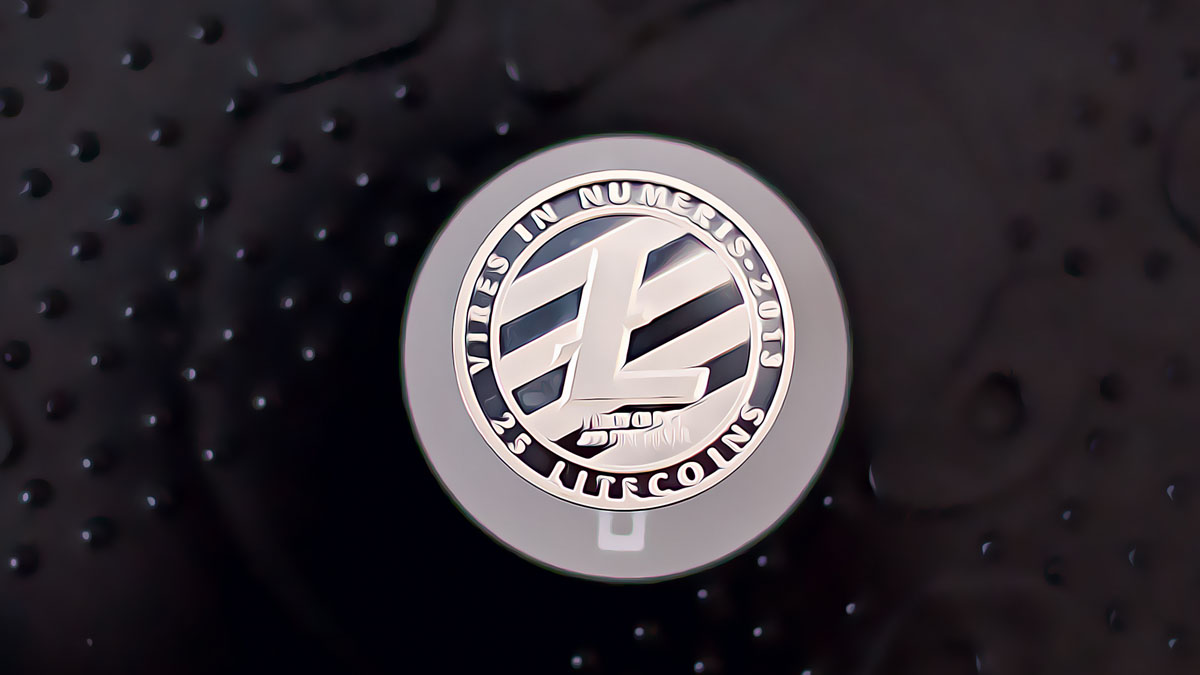Litecoin (LTC), a well-established cryptocurrency, has recently achieved a significant milestone by reaching a record hashrate of 1.31 PH/s, showcasing its strong network performance and security. This level of computational power indicates a robust and attack-resistant blockchain, with increased miner engagement contributing to network operations.
Network Strength and Operational History
The hashrate is a critical indicator of a blockchain’s health, reflecting the security and processing capability of the network. Litecoin, which began in 2011 as a Bitcoin fork, operates on a Proof-of-Work consensus mechanism and maintains a limited supply of tokens, mirroring Bitcoin’s scarcity model. The network has been functioning flawlessly since inception, boasting a 100% uptime and processing billions in transactions.
Recently, Litecoin reached another landmark by processing over 16 million transactions, demonstrating the network’s capacity and reliability. Despite price fluctuations and the challenges faced by bulls in pushing past resistance levels, Litecoin continues to attract attention in the cryptocurrency market.
The price of Litecoin has experienced some resistance, particularly at the $70.12 level, which corresponds to the daily MA 50. Although there was a price increase in recent trading sessions, the bulls have yet to overcome this obstacle. At the time of the report, LTC’s price had dipped slightly by 0.82% over the past 24 hours, settling at $67.72.
This performance and the recent milestones are indicative of Litecoin’s enduring presence and ongoing development in the competitive landscape of cryptocurrencies. The network’s achievements underscore its potential for future growth and the continued support from its user base and miners.












